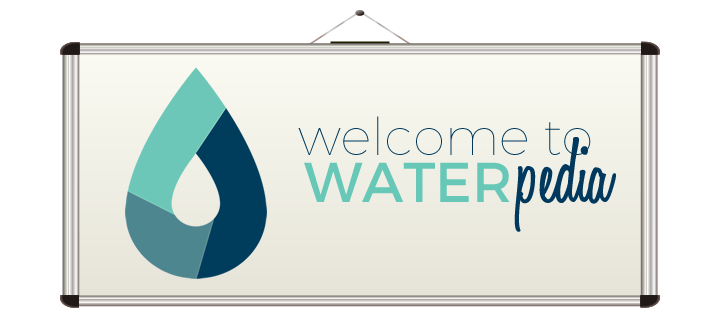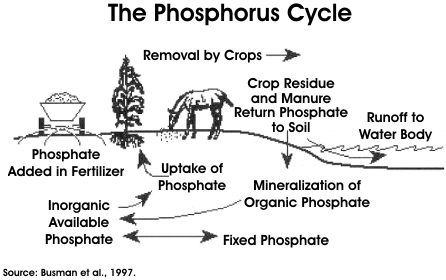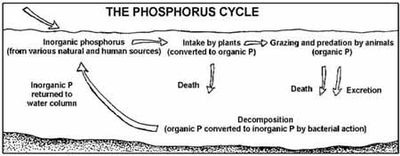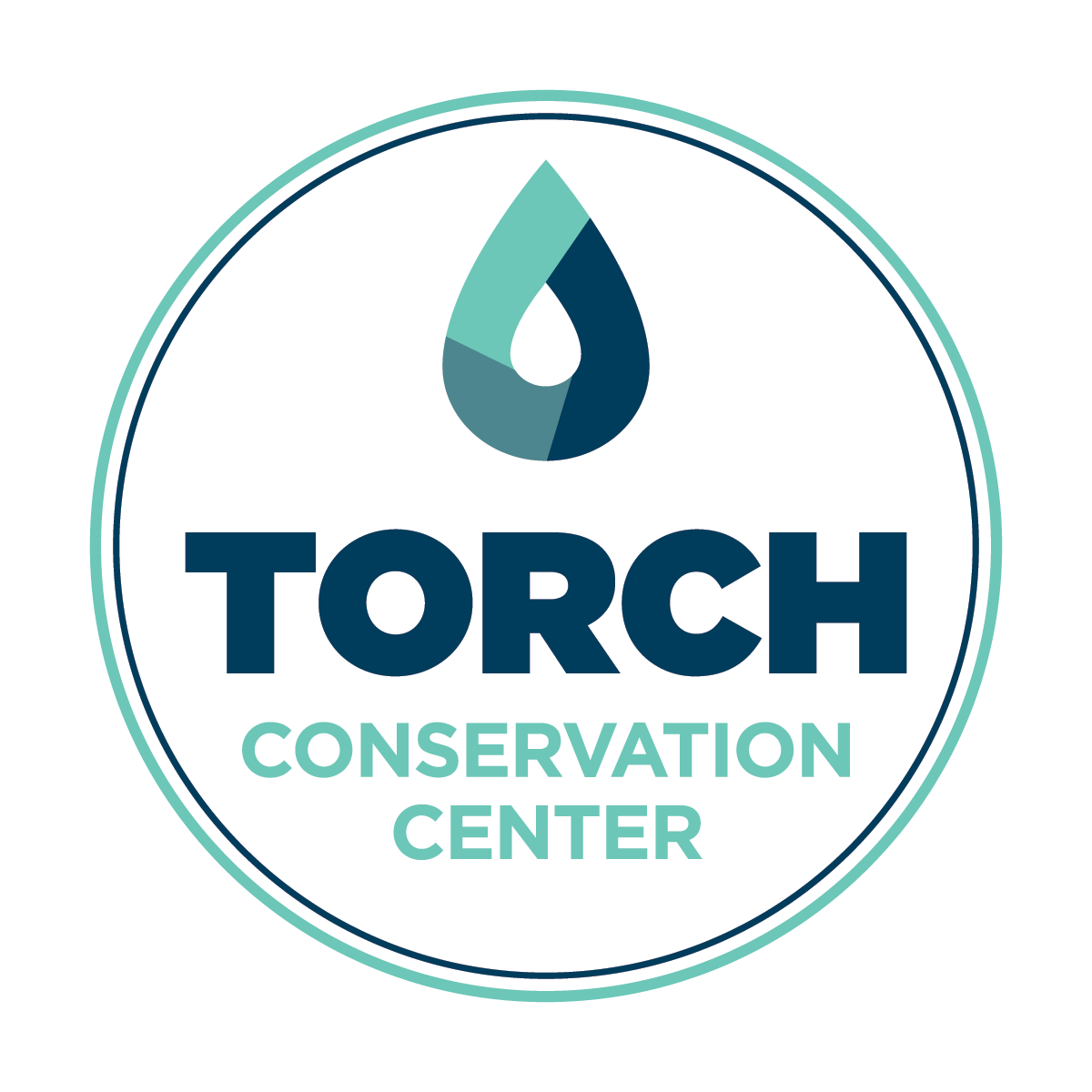
Phosphorus
Too much phosphorus in the lake causes algae to grow on the rocks near the shore.
Key Facts
- Phosphorus is a nutrient that plants need to grow.
- Phosphorus occurs naturally in rocks, water, soil and dust.
- Too much phosphorus can lead to decreased water clarity, algal blooms and depletion of dissolved oxygen in the water.
- Human activities can increase the amount of phosphorus flowing into streams and the lake. Fertilizers, leaking septic systems and animal waste can increase phosphorus levels and cause algae to grow.
- Michigan has banned phosphorus from laundry detergents, dishwasher detergents and fertilizers to reduce the amount of phosphorus entering our water.
Did you know?
- Phosphorus is needed for energy and growth by most living organisms, including humans.
- Phosphorus cycles through nature.
Phosphorus Cycle on Land
- When rocks break down into soil and become dissolved in water, phosphorus is released.
- Then, plants absorb the phosphorus, which they need to grow.
- Animals eat the plants and absorb the phosphorus contained in the plants.
- When animals release waste or die and decompose, they release phosphorus which is added to the soil. Phosphorus is available once again for plants to use.

Image: USEPA
Phosphorus Cycle in Water
- Microscopic floating plants (phytoplankton) live in the water. They take in phosphorus to grow.
- Aquatic animals eat the plants and absorb the phosphorus contained in the plants.
- When aquatic animals release waste or die and decompose, they release phosphorus into the water.
- Phosphorus sinks into the sediment at the bottom of the lake.
- The phosphorus stored at the bottom of the lake can be released by wind and waves, or by disturbances of the bottom sediment by fish and other organisms, so the cycle starts again.
Under natural conditions, phosphorus is typically scarce in water, but in the late 1960s, scientists discovered phosphorus from human activities causes excessive algae growth and degrades lake water quality.

Image: USEPA
Show
You Care
We know you want to enjoy the lake for many years (and generations) to come. So, we’ve put together a list of simple steps you can take to reduce the nutrients, sediments and toxins flowing into the lake and its streams.
Pump your septic tank every 3 years
Plant Natives
- Keep the natural landscape of northern Michigan around your home.
- Limit the size of your lawn.
Replant Trees
- Trees take up nutrients so they don't reach the lake.
- Tree roots hold soil that contains nutrients from eroding away into the lake.
Use Natural Lawn Fertilizers
- Too much chemical fertilizer is applied to lawns and ends up making the lake green.
Plant Rain Gardens
Plant Buffer Gardens along Shorelines
WATERpedia: the “One-Stop Shop” for Water Science A-Z
A-E
F-M
N-S
T-Z
Don't just wish that Torch Lake will stay blue.
Choose a water-friendly lifestyle - make a difference!
About
Social
Subscribe to TRUE BLUE News
Follow us on Facebook
Share a favorite photo with us on Instagram (#truebluetorch)
